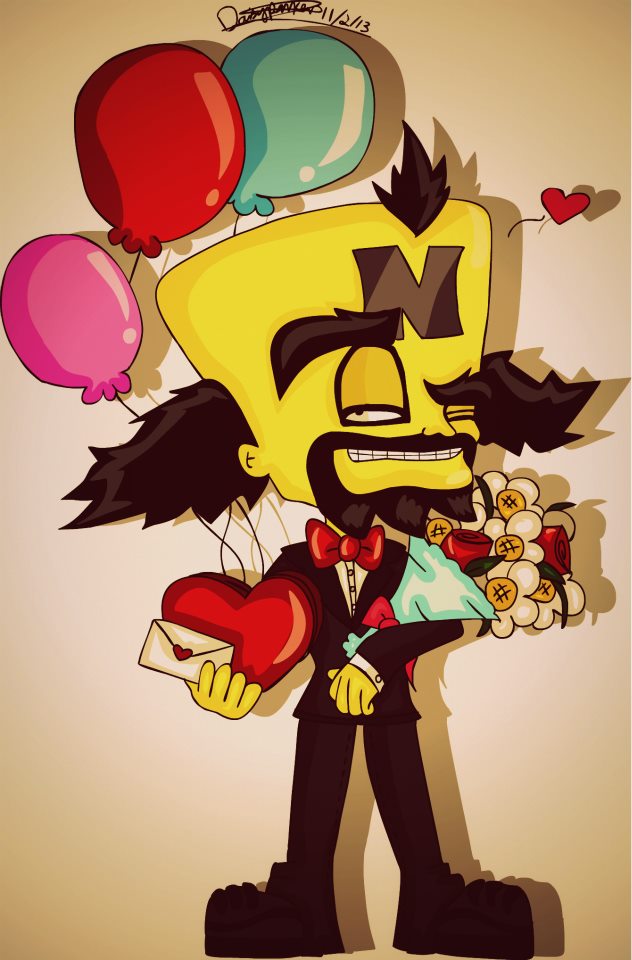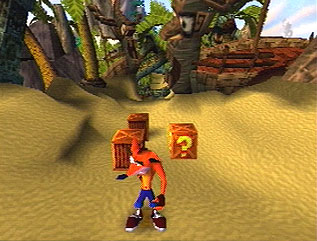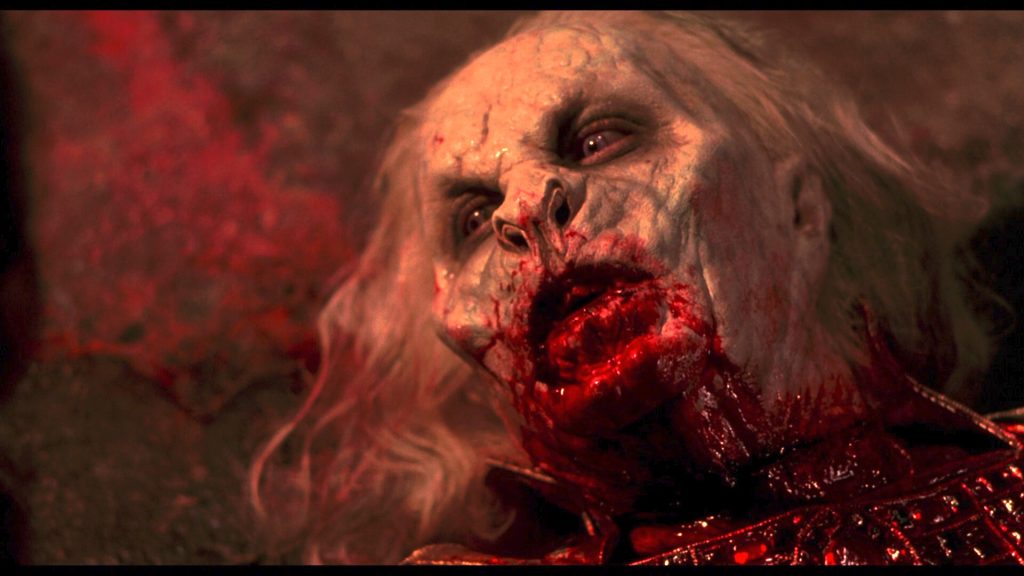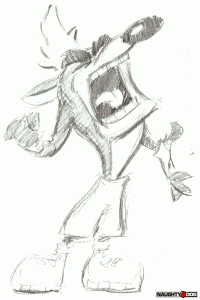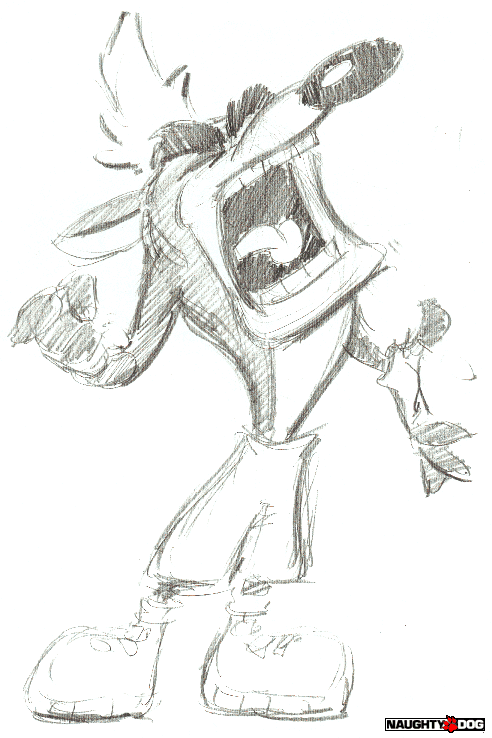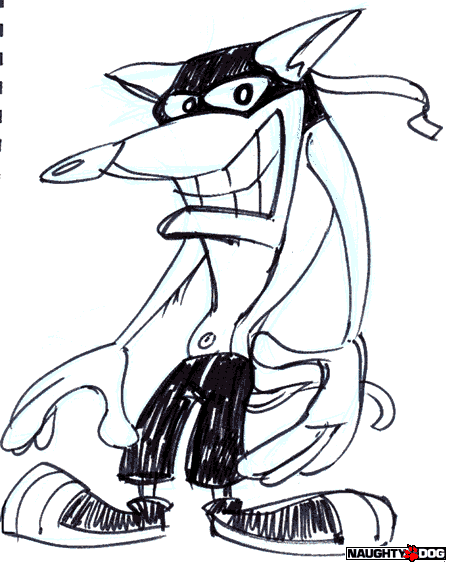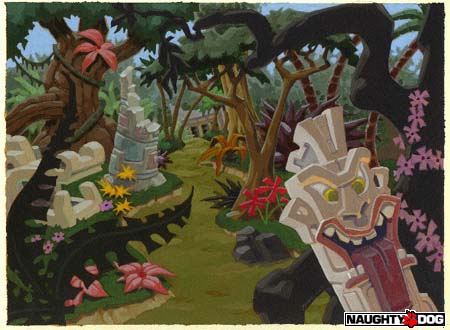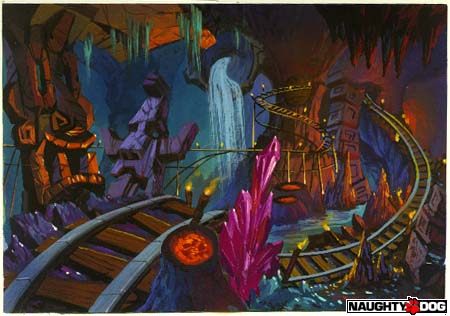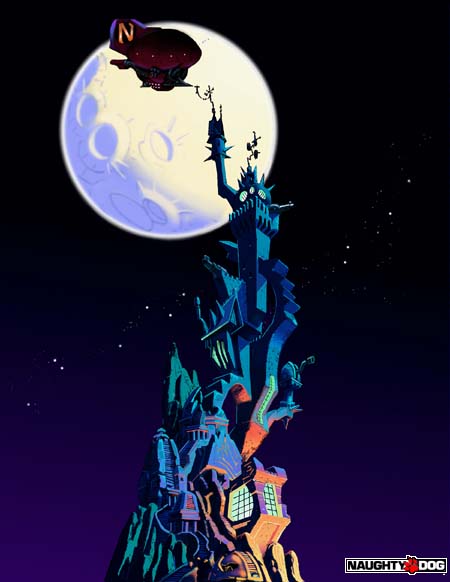In honor of Valentines, I share with you both a cute fan pic, courtesy of die hard fan Daisy Parker, and fan Aaron White’s latest masterpiece stop motion Crash Bandicoot fan video: Rise of the NeoBots.
And the best thing — which makes this oh so apropos — is that they’re a couple!
Enjoy!

